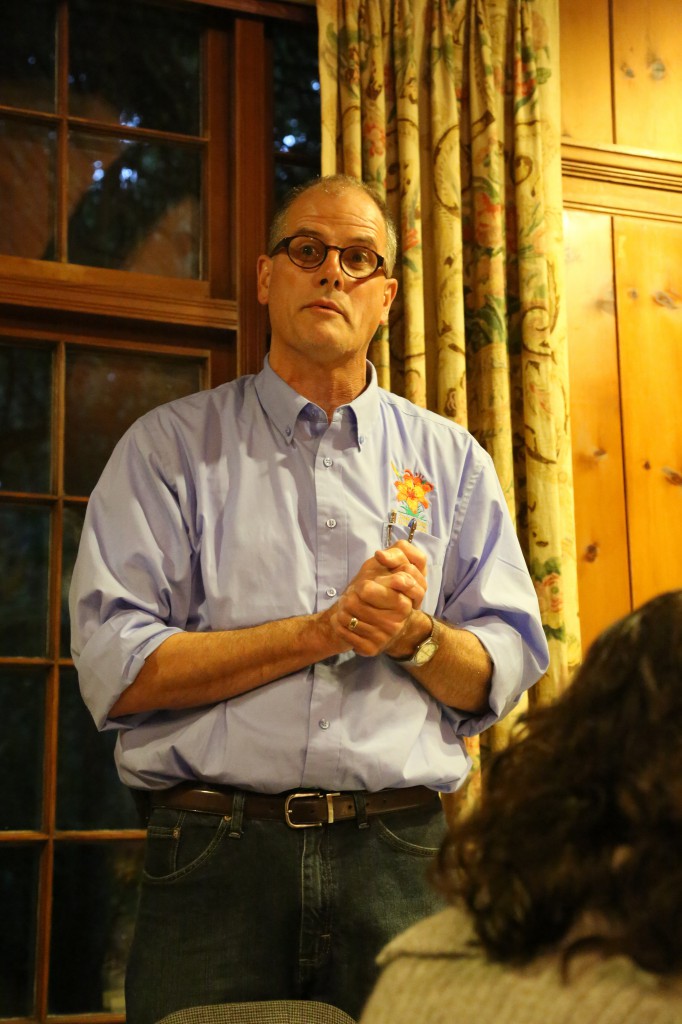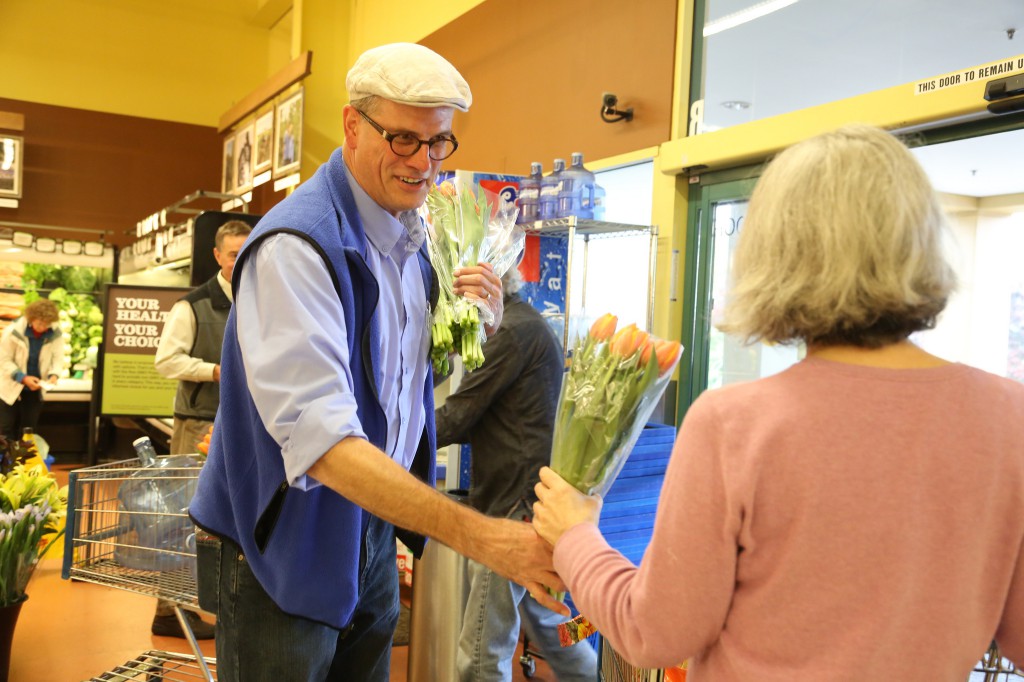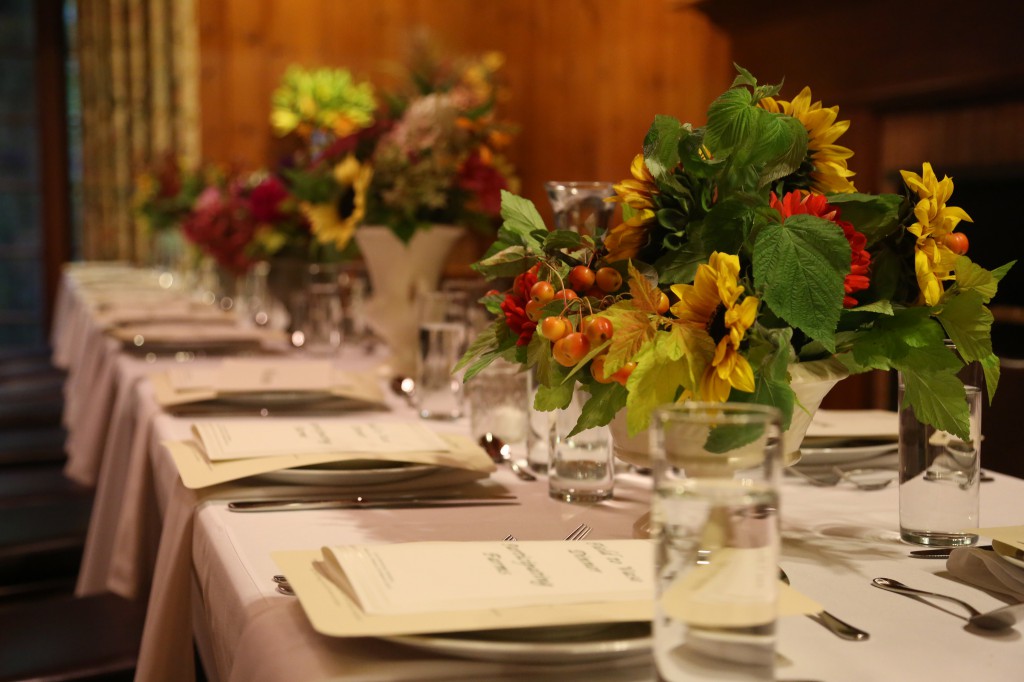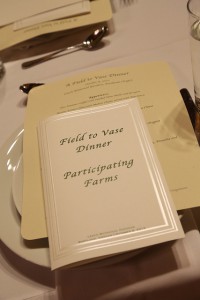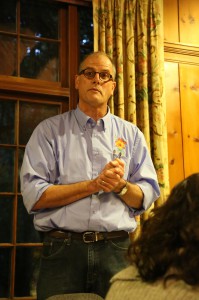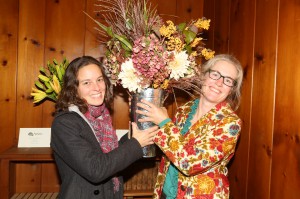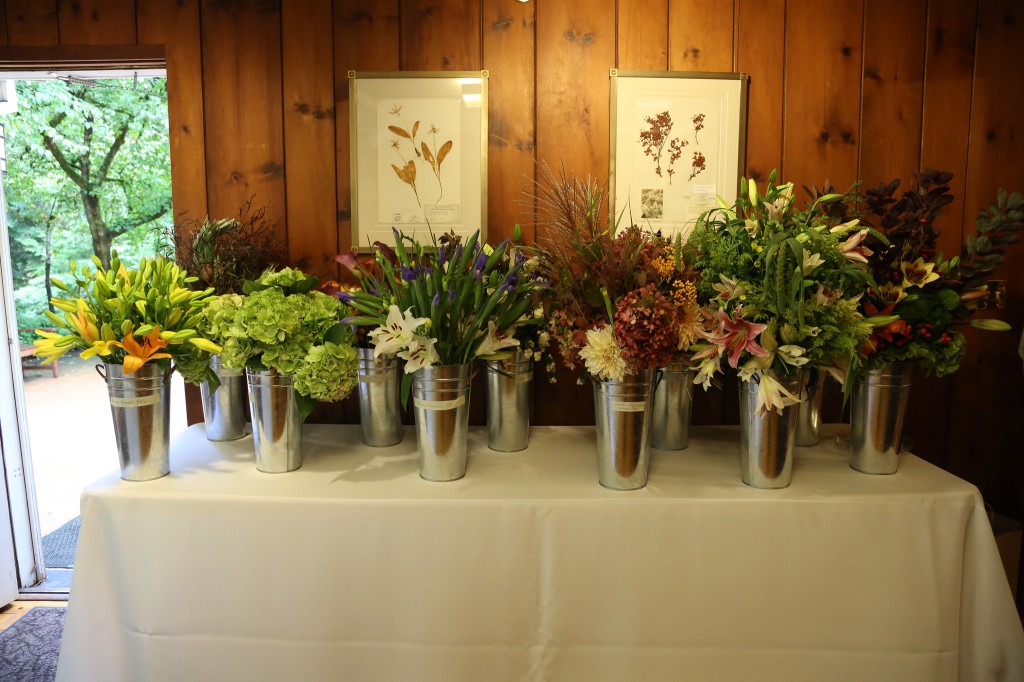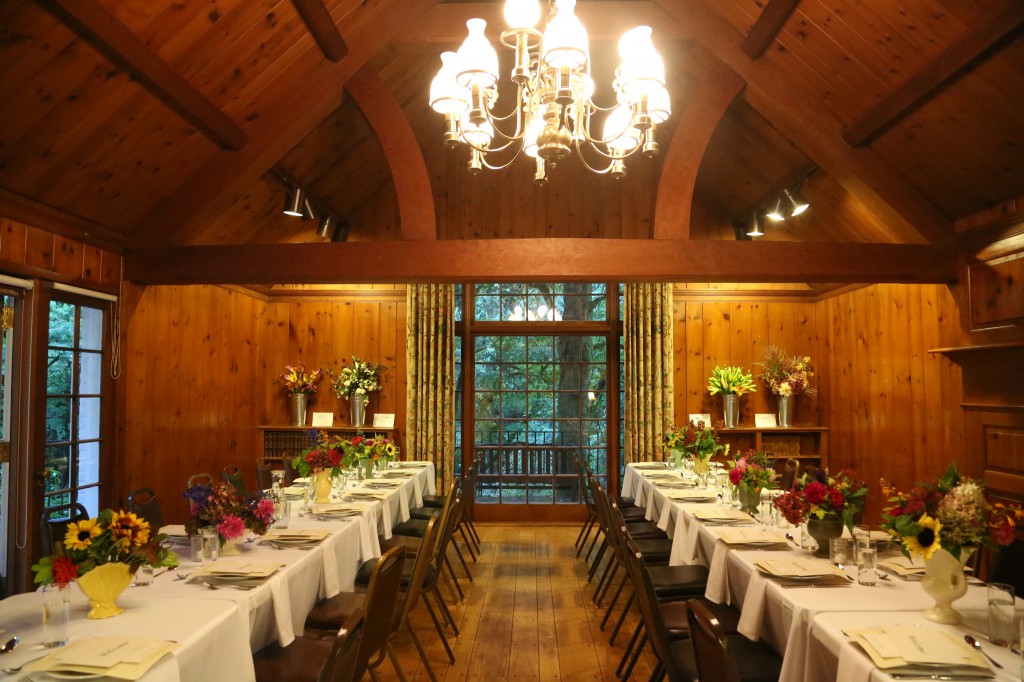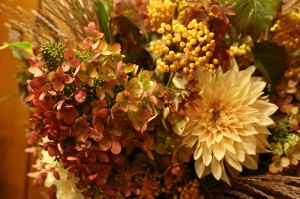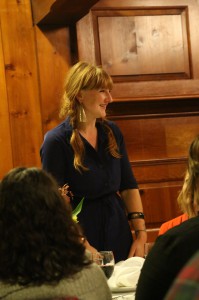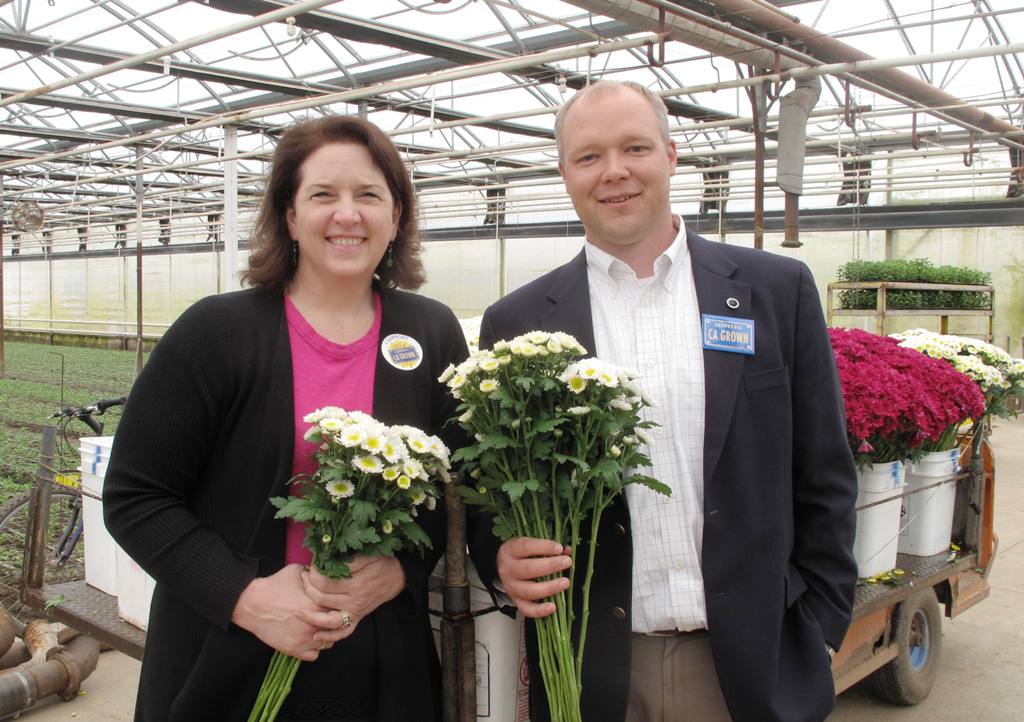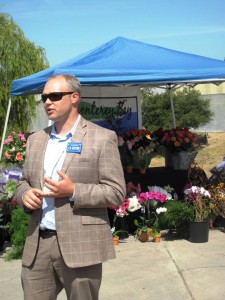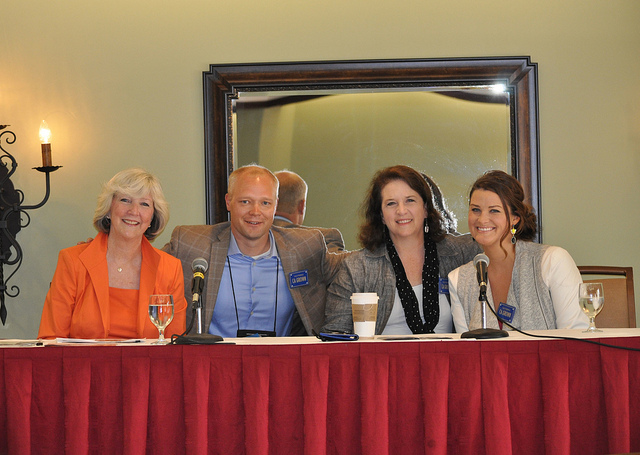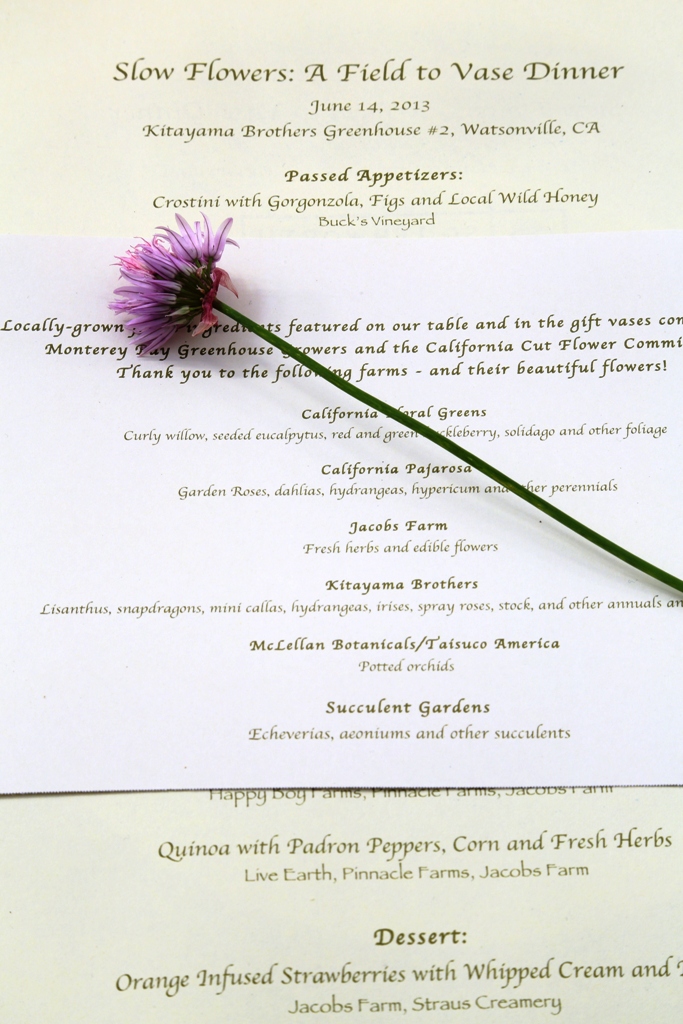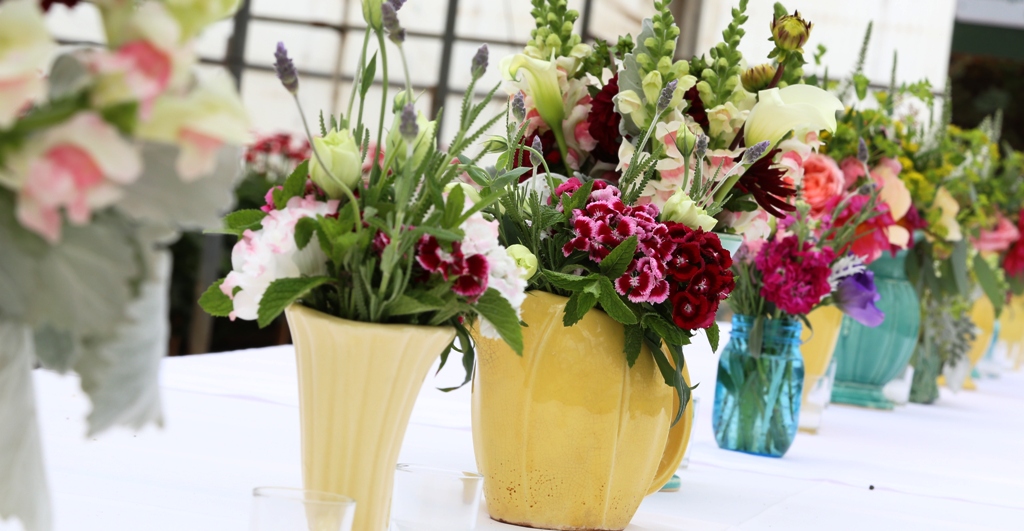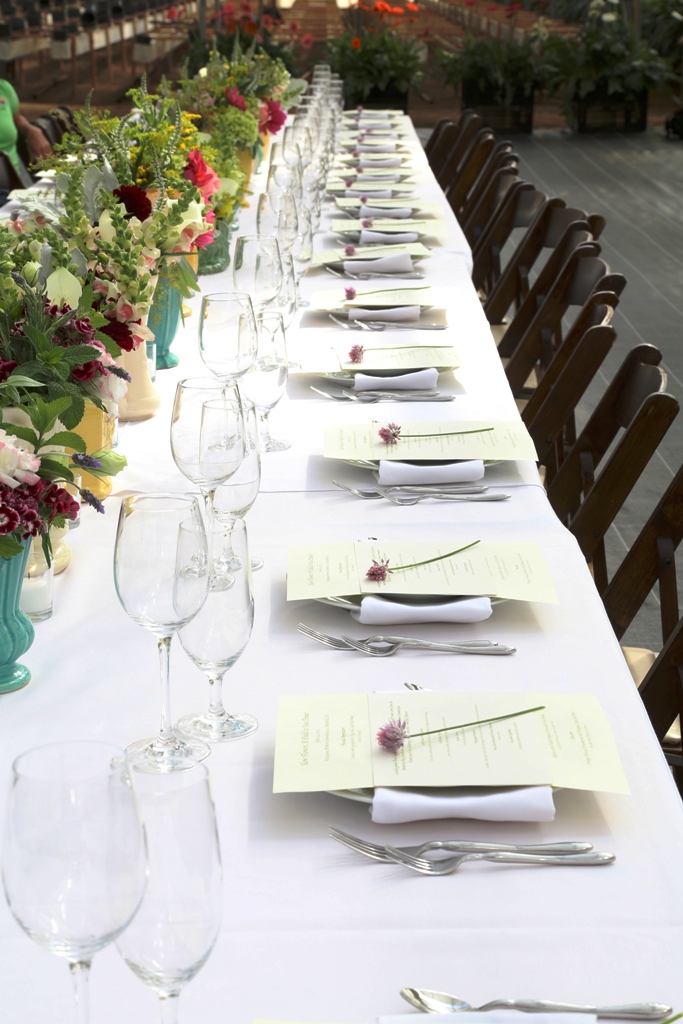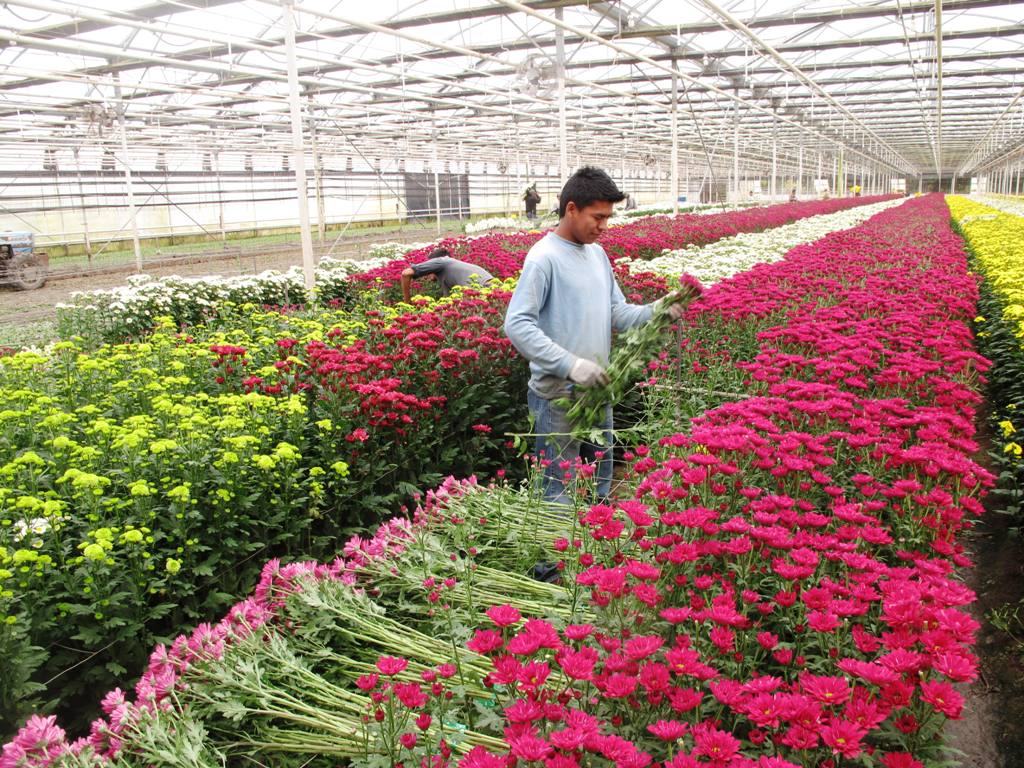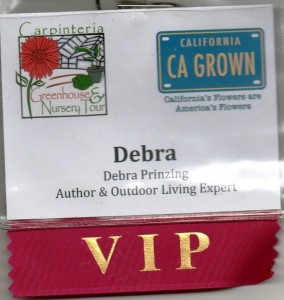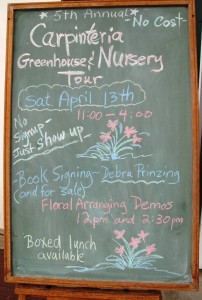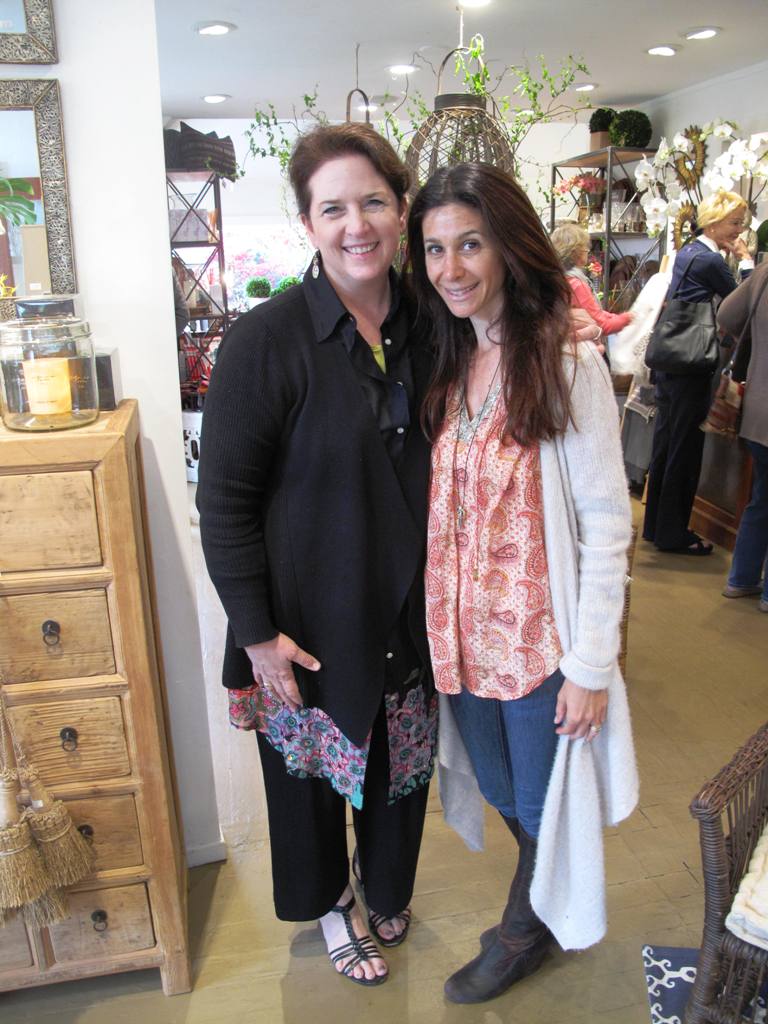California Cut Flower Commission named Premiere Sponsor of Debra Prinzing’s SLOWFLOWERS.COM, a new online American flower directory
SEATTLE, WA (February 14, 2014) – This Valentine’s Day, California’s flower farmers are showing their love by making the largest contribution to date to the Slowflowers.com campaign on Indiegogo. The California Cut Flower Commission (CCFC), representing all of California’s flower farmers, became Slowflowers.com’s Premiere Sponsor with their $1,500 contribution. Designed to connect flower lovers to local floral retailers that support and sell locally-grown flowers, the campaign has surpassed its goal to raise $12,000 and now has more than 200 “funders” contributing in excess of $17,000 to the cause.
“I’m very encouraged to have such support from the flower farmers of California,” shared Debra Prinzing, the Seattle-based author of Slow Flowers (St. Lynn’s Press, 2013) and leading advocate of American flower farming. “With imports representing over 80 percent of flowers sold in this country, the mission of Slowflowers.com is to help people who care about the source of their flowers easily find and identify ways to buy American-grown flowers.”
Scheduled to launch this spring, Slowflowers.com will feature easy-to-use search tools to find floral vendors in several categories, including florists, studio designers, wedding/event designers, supermarket floral departments, CSA subscriptions and farmer-direct. Members of Slowflowers.com pledge to supply their communities with local, regional and American-grown flowers.
“Debra is making a difference and creating a conversation that we support,” explained CCFC CEO/Ambassador Kasey Cronquist. “Currently, there is no other resource like Slowflowers.com that makes it easy for flower lovers to be assured of the origins of their flowers and bouquets.”
Prinzing created Slowflowers.com to fill an unmet need that she had as a consumer and lover of flowers. “Slowflowers.com is a simple solution to a problem I have continued to face over the past several years,” she said. “While writing and speaking to groups about my passion for American flower farmers and their flowers, I am continually asked how the average person is supposed to know where to buy American Grown flowers and how they can be assured that what they are getting is locally grown. I created Slowflowers.com to be my answer, a free, public and user-friendly resource that can help others, too.”
Prinzing’s grassroots Indiegogo crowd-funding campaign continues, with five days remaining for additional support for her efforts. Visit the Indiegogo Slowflowers.com campaign to watch a video and for more information about the project.
###
About the California Cut Flower Commission
The California Cut Flower Commission (CCFC) was created by the state legislature in 1990 with the mission to promote California cut flowers and foliage. The CCFC is overseen by the California Department of Food and Agriculture and is funded by grower assessments. The Commission represents the state’s 250 growers who collectively produce more than 75 percent of the cut flowers grown in the U.S., generating $278 million in sales (2011). For more information about California cut flowers, visit www.ccfc.org or on Facebook/CaliforniaGrownFlowers.
About Debra Prinzing
Founder Debra Prinzing is a Seattle-based outdoor-living expert who writes and lectures on gardens and home design. She is the leading advocate for a sustainable and local approach to floral design and is credited with creating the term “Slow Flowers.”
In 2014 Debra launched www.slowflowers.com, a free online guide to florists, shops and studios who design with American-grown flowers. She is the author of seven books including Slow Flowers and The 50 Mile Bouquet (both by St. Lynn’s Press) and is the producer/host of the weekly “Slow Flowers Podcast with Debra Prinzing,” found on Itunes and www.debraprinzing.com










